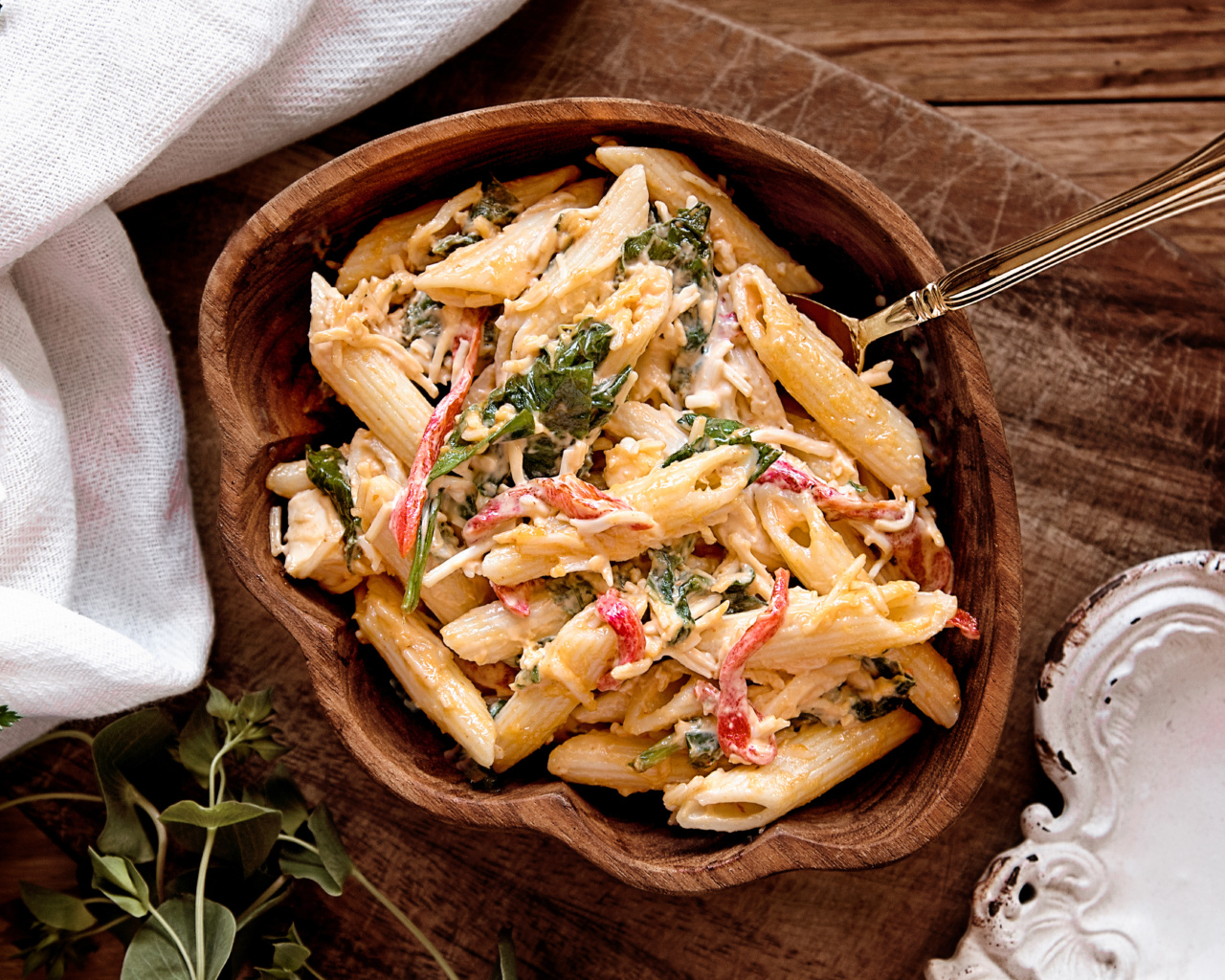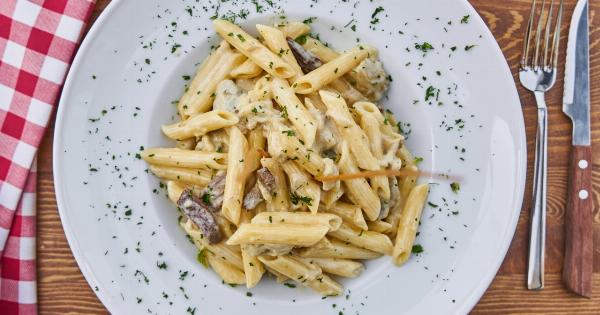Pasta, along with many other carbohydrate-rich foods, has long been demonized in popular culture and weight loss circles. It has been considered a dietary nemesis, blamed for weight gain, high blood sugar levels, and a host of health problems.
However, recent research has shed new light on the pasta diet, revealing that it may not be as bad for us as previously thought. In fact, scientists are now suggesting that enjoying pasta in moderation can be a part of a healthy and balanced diet. Let’s explore the truth behind the pasta diet and the benefits it can offer.
The Science Behind the Pasta Diet
In the past, the assumption was that pasta, being a carbohydrate-rich food, would lead to weight gain and negatively impact overall health.
However, recent studies have shown that carbohydrates, including pasta, can actually be an essential part of a healthy diet. Researchers have found that pasta has a relatively low glycemic index (GI) when compared to other carbohydrate sources. GI is a scale that measures how quickly a food raises blood sugar levels.
Lower GI indicates slower digestion and absorption, resulting in a steadier rise in blood sugar.
One study published in the journal BMJ Open analyzed the data from 32 previous studies involving the consumption of pasta.
The research concluded that regularly enjoying pasta as part of a low-GI diet did not lead to weight gain, but rather it could actually contribute to modest weight loss. The study indicated that consuming pasta in a healthy way, combined with other nutritious foods, resulted in better weight management and improved overall health markers.
The Role of Portion Control
While pasta itself may not be detrimental to our health, portion control remains crucial. Eating pasta in excess can lead to weight gain and other health problems.
The key is to consume it in appropriate portions and balance it with other nutrient-dense foods.
It is essential to be mindful of portion sizes when enjoying pasta. A serving size of cooked pasta is generally around one cup, equivalent to the size of a tennis ball.
By keeping portions in check, it is easier to include pasta as part of a well-balanced meal plan.
Pasta as a Part of a Balanced Diet
Contrary to popular belief, pasta can indeed be a part of a healthy and balanced diet. It is a versatile food that can be combined with various nutrient-rich ingredients.
By incorporating whole wheat or whole grain pasta, individuals can increase their intake of dietary fiber and essential nutrients.
In addition to choosing healthier pasta options, it is important to pair it with vegetables, lean proteins, and healthy fats. By doing so, you can create a satisfying and nutritious meal.
For instance, combining whole grain pasta with grilled vegetables and a lean protein source like chicken or fish provides a well-rounded and nourishing dish.
Pasta: A Source of Energy for Active Individuals
Pasta has long been a favorite among athletes and those engaged in physical activities. The reason behind this lies in its high carbohydrate content, which provides a readily available source of energy.
During intense workouts or endurance training, consuming pasta can help fuel performance and enhance recovery.
Complex carbohydrates found in pasta are stored in the muscles as glycogen. This glycogen is critical for providing energy during physical activity.
Including pasta in a well-structured meal plan can help athletes meet their energy needs and optimize performance.
Maintaining Nutritional Balance while Enjoying Pasta
While pasta offers numerous benefits when consumed as part of a balanced diet, it is essential to maintain an overall nutritional balance. Here are a few tips to ensure you make the most of your pasta meals:.
- Choose whole wheat or whole grain pasta for added fiber and nutrients.
- Pair your pasta with a variety of vegetables to increase the nutrient content.
- Include lean proteins such as chicken, turkey, or tofu to enhance satiety and promote muscle repair.
- Use healthy fats like olive oil or avocados sparingly to enhance flavor.
- Avoid high-calorie and processed sauces, opting instead for homemade alternatives.
The Bottom Line
Contrary to popular belief, pasta can indeed be part of a healthy and balanced diet. When consumed in appropriate portions and combined with nutrient-rich ingredients, pasta can provide vital carbohydrates, fiber, and essential nutrients.
It is important to note that individual tolerance and dietary requirements may vary. Consulting with a healthcare professional or registered dietitian can help determine the right portion sizes and pasta choices for your unique needs.



























